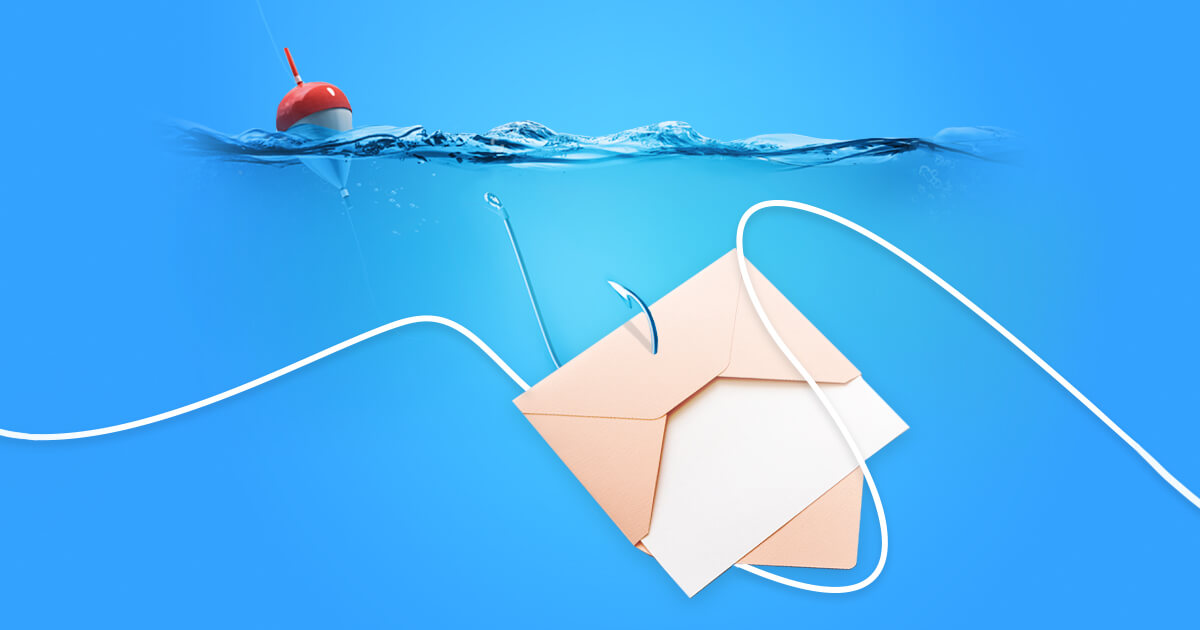Why email subject lines matter
Every email, good or bad, starts with a subject line. In fact, it is safe to say that every time people check their inboxes, email subject lines are the first thing to attract their attention. For sales and marketing emails, a subject line is one of two major decisive factors that make the difference between the email getting opened or thrown into the trash (another one is the sender’s name). Thus, all the effort that you put into perfecting your emails, also risks going down the drain — unless you complement your copy with catchy subject lines.
And that is not a mere hypothesis: research data from various sources indicates that subject lines directly affect open rates. For example, SuperOffice research has shown that as much as 33% of recipients open an email based on its subject line.
In sales, in particular, subject lines are of crucial importance: get one wrong, and you might lose a prospect for good. That means, if you want your sales emails to hit the mark, you have no choice but to learn how to craft catchy, compelling subject lines. But how do you do that? Read on to find out.























